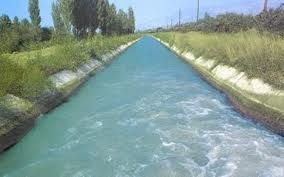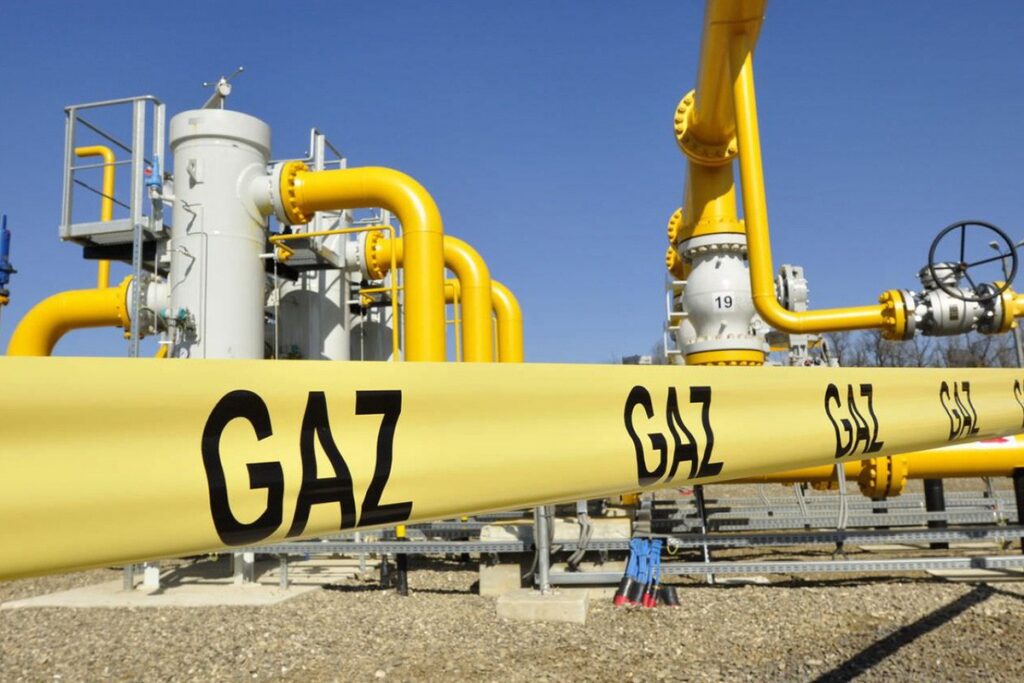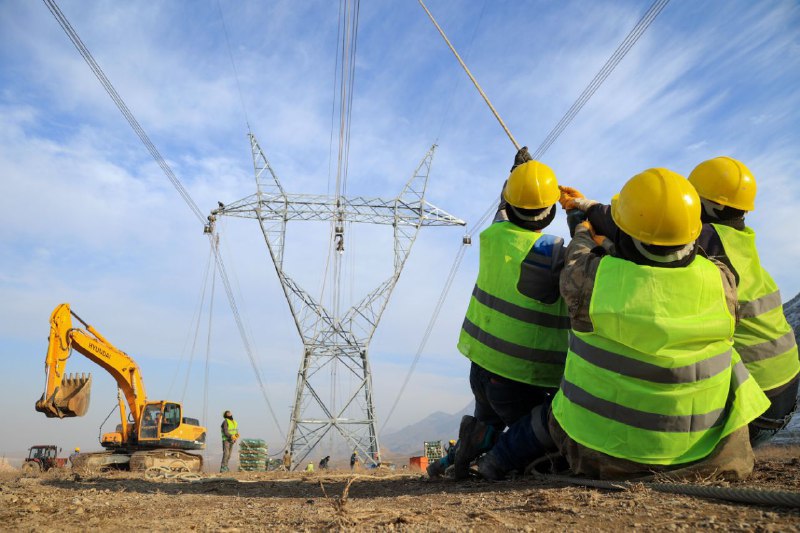DUSHANBE (TCA) — Construction of new hydro power plants on the Panj River in Tajikistan would help provide irrigation water for around two million hectares of farmland in downstream Central Asian countries and in Afghanistan, Avesta news agency reported with reference to Tajikistan’s energy-sector authorities.
These hydro power projects are meant not only for electricity generation but also for drinking and irrigation water supply.
Tajikistan has prepared 14 projects for construction of hydro power plants on the Panj River, with capacities between 300 and 4,000 MW. Altogether, these 14 planned power plants will have a capacity of 9,350 MW and will be able to produce 86 billion kilowatt-hours of electricity per year.
The largest project is construction of Dashtijum HPP with a capacity of 4,000 MW. Its construction would provide irrigation water to 1.5 million hectares of farmland in the region.
The Panj River is a tributary of the Amu Darya. The river is 1,125 km long and forms a considerable part of the Afghanistan-Tajikistan border.
Tajikistan’s hydro power potential is estimated to be 527 billion kWh per year of which only 4-5% has been used so far.
Tajikistan’s hydropower potential is three times higher than the current electricity consumption throughout Central Asia. The effective use of these resources will allow the region to be provided with inexpensive and green power. The main hydropower potential is concentrated in the basins of the Vakhsh, the Panj, the Amu Darya, the Syr Darya, and the Zarafshan.
More than 98% of electricity in Tajikistan is generated by hydropower plants, including 97% by large and medium HPPs.











